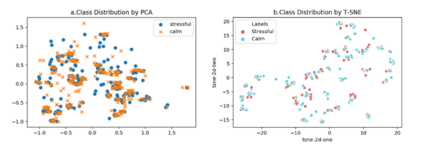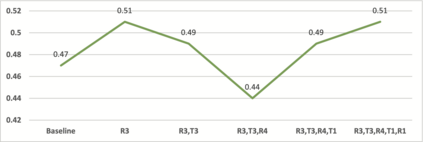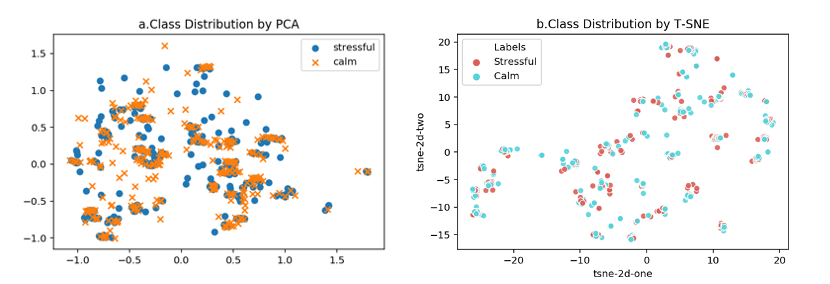Physical symptoms caused by high stress commonly happen in our daily lives, leading to the importance of stress recognition systems. This study aims to improve stress classification by selecting appropriate features from Thermal-stress data, ANUstressDB. We explored three different feature selection techniques: correlation analysis, magnitude measure, and genetic algorithm. Support Vector Machine (SVM) and Artificial Neural Network (ANN) models were involved in measuring these three algorithms. Our result indicates that the genetic algorithm combined with ANNs can improve the prediction accuracy by 19.1% compared to the baseline. Moreover, the magnitude measure performed best among the three feature selection algorithms regarding the balance of computation time and performance. These findings are likely to improve the accuracy of current stress recognition systems.
翻译:我们探讨了三种不同的特征选择技术:相关性分析、量度测量和遗传算法。支持病媒机(SVM)和人工神经网络(ANN)模型参与了这三种算法的测量。我们的结果表明,遗传算法加上非本国国民的基因算法可以使预测精确度比基线提高19.1%。此外,计算时间和性能平衡的三个特征选择算法中,所实现的衡量尺度最好。这些结果有可能提高当前压力识别系统的准确性。








